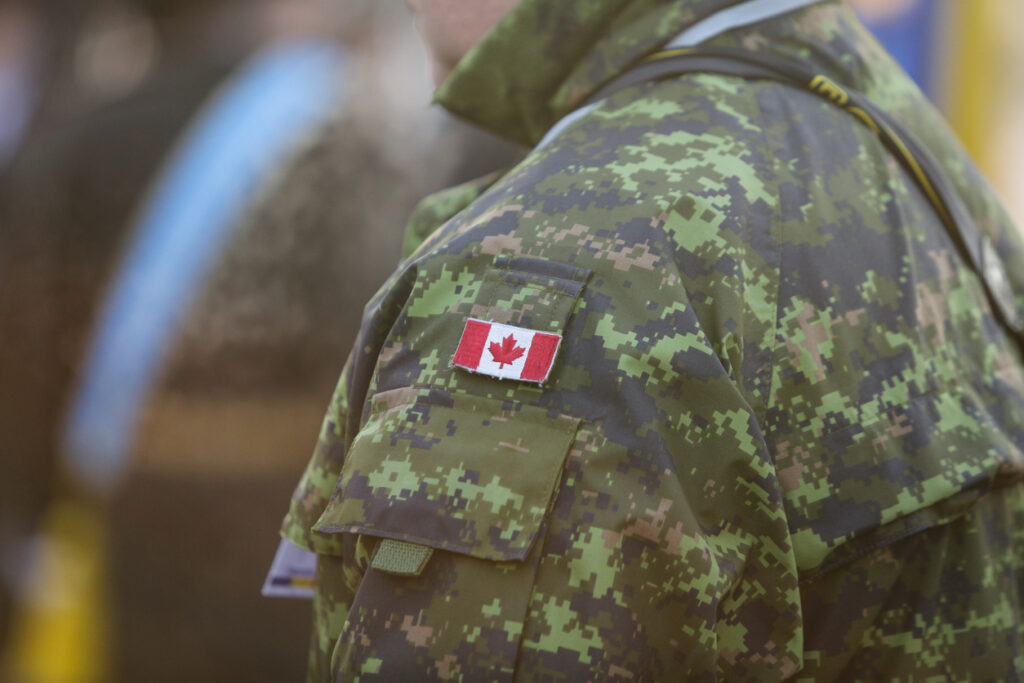Since the onset of Russia’s full-scale invasion of Ukraine in February 2022, Canada has provided incremental, yet relatively modest military assistance compared to its Western allies. This paper advances two key arguments. First, Canada’s limited contribution to the on-going conflict reflects a perception of an indirect threat posed by Russia to its national interests, with Ottawa framing the conflict primarily as a challenge to the international order rather than an immediate risk to national security. This contrasts sharply with the approach of Ukraine’s neighbouring states, which perceive the war as an existential threat necessitating substantial military engagement.
Now over three years into the war, shifting strategic dynamics are reshaping the conflict’s trajectory. In Ukraine, public opinion increasingly favours negotiations to expedite its resolution, while Donald Trump’s election in the United States introduces uncertainties regarding the sustainability of Western military support and the postwar settlement. Our second argument posits that Canada has yet to anticipate the challenges posed by a potential transition to a negotiated peace, particularly the role NATO and its member states may be required to play in post-conflict stabilization. Canada’s ability to contribute to NATO and Ukraine in the postwar settlement is constrained by its current military capabilities. As such, Canada risks – once again – being surprised by the military requirements to safeguard European security against a resurgent Russia.
Canada’s military assistance to Ukraine reflects indeed both a lack of political will and limited operational capacity. Despite strong rhetoric and bipartisan support, Canada ranks 21st out of 33 donor countries in military assistance to Ukraine relative to the size of its economy. Compared to its closest allies, Ottawa has allocated a significantly smaller share of its stockpiles to Ukraine. The 2024 Defence Policy Update—published more than two years after Russia’s full-scale invasion—further illustrates a lack of urgency. Nearly 90 percent of the newly announced funding is scheduled for disbursement between 2030 and 2044. In contrast to most NATO allies, Ottawa exhibits little urgency in positioning itself as a reliable and capable member of the Alliance in response to the current security challenges regarding security in Europe and the transatlantic area. Newly-elected Liberal leader Mark Carney vows to reach 2% of GDP by 2030, rather than 2027, as suggested by Chrystia Freeland and Bill Blair.
***
To keep reading, head over to the CDA Institute’s website.






Comments are closed.